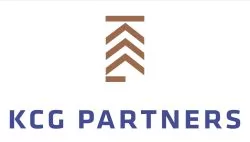The common value added tax (VAT) system plays an important role in Europe’s Single Market. VAT is a major and growing source of revenue in the EU, raising over €1 trillion in 2015, which corresponds to 7% of EU GDP. Recent studies have indicated that around €150 billion of VAT revenues goes missing every year due to problems with VAT collection and VAT fraud.
The European Commission's two proposals, adopted by the European Parliament, aim to improve and modernise the structure for governments and businesses, making the system more robust and simpler to use for companies. One aims to facilitate trade, especially for small and medium-sized enterprises within the single market and to reduce VAT fraud, while the other deals with setting up a clearer system of VAT rates.
In connection with the proposals, the European Parliament suggested to establish a maximum VAT rate of 25%, as well as dispute resolution mechanisms, a system to automatically notify changes to VAT rules in different Member States, and an information portal with accurate details on VAT rates across the EU.
The proposals and the relating improvements will be discussed by the Council, who will adopt the legislation.
The content of this article is intended to provide a general guide to the subject matter. Specialist advice should be sought about your specific circumstances.

